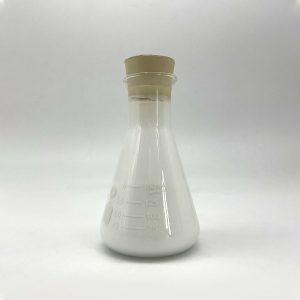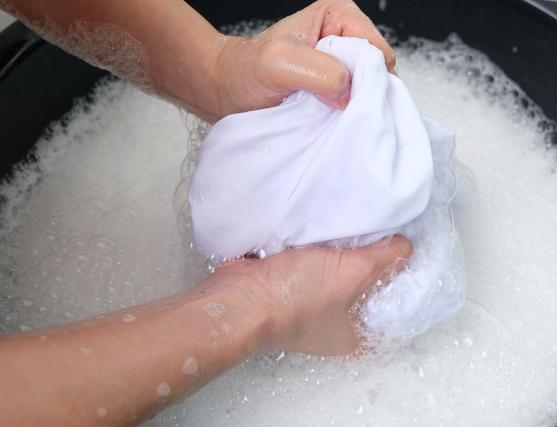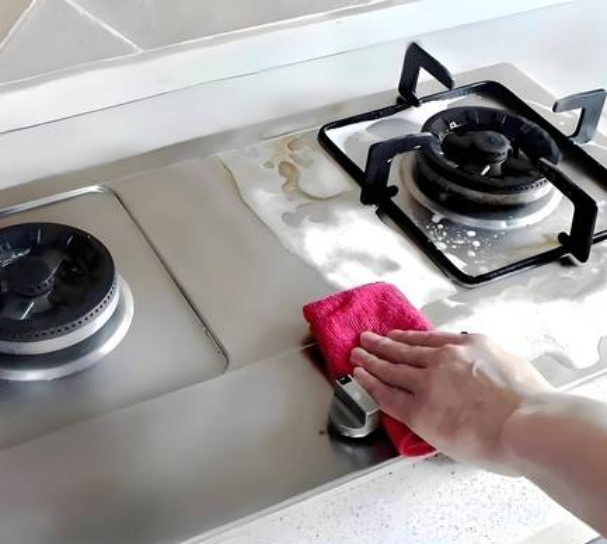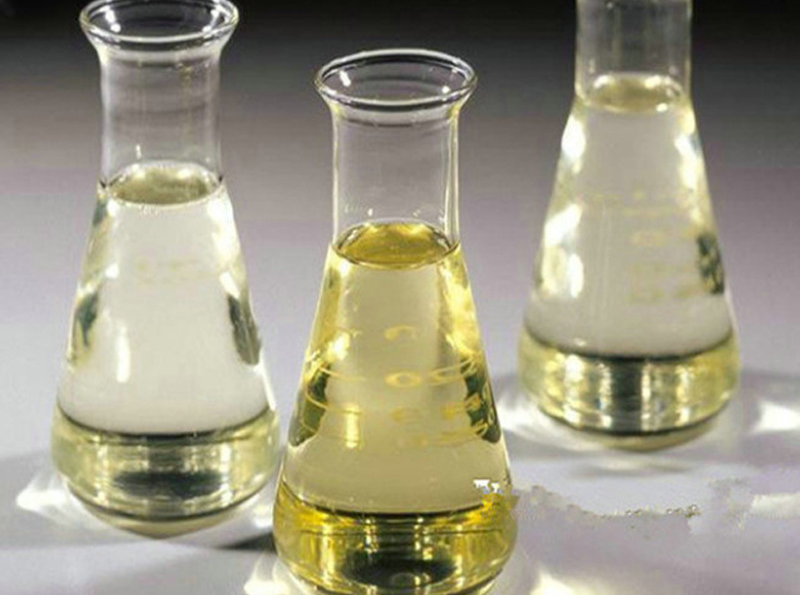In the world of commercial and home cleansing, cleaning agents are the unsung heroes that transform persistent gunk into convenient deposits. At the heart of this makeover exists a course of substances called surfactants, which act as molecular bridges between water and oil. Understanding just how surfactants break down oil is not simply a clinical inquisitiveness– it’s a useful necessity for sectors, manufacturers, and consumers seeking reliable, efficient cleansing solutions.

cationic surfactants
When oil or oil builds up on surface areas, it resists elimination because water and oil normally push back on each other. This is where surfactants step in. These molecules have a unique structure: one end is hydrophilic (water-loving), and the other is hydrophobic (water-repelling). The hydrophobic end acquires oil or oil, while the hydrophilic end binds with water. This double action permits surfactants to border and lift away dust, making it less complicated for water to wash it away. For instance, salt lauryl sulfate (SLS), a typical surfactant in cleaning agents, is valued for its capacity to emulsify fats and oils, transforming them into tiny beads that distribute in water.
The performance of detergents isn’t nearly brute force– it’s a fragile balance of chemistry. Modern detergents often blend numerous surfactants to enhance efficiency. A reduced frothing surfactant could be coupled with a high frothing one to create an item that cleans strongly without leaving behind sticky deposits. This is especially critical in industries such as food handling, where hygiene criteria demand extensive removal of oil from tools. Without the appropriate mix of surfactants, one of the most sophisticated cleaning agents would stop working to satisfy these rigorous requirements.

Surfactants used in detergents
Current improvements in surfactant modern technology have likewise dealt with environmental worries. Conventional detergents containing sodium lauryl sulfate were as soon as slammed for their effect on water ecological communities. However, more recent solutions currently make use of biodegradable surfactants that weaken swiftly in water systems, lowering long-lasting damage. As an example, some detergents currently include plant-based surfactants that imitate the effectiveness of SLS yet with a lighter, eco-friendly footprint. This change shows an expanding demand from customers and regulatory authorities for lasting cleansing solutions.
In healthcare settings, the role of cleaning agents has actually taken on a brand-new seriousness. The worldwide pandemic highlighted the value of anti-bacterials and antiseptics, a lot of which depend on surfactants to break down the virus ingrained in raw materials. Detergents with surfactants like SLS are use to pre-clean medical tools before sanitation, ensuring that no residual healthy proteins or oils hinder the disinfection procedure. This application emphasizes the convenience of surfactants beyond mere cleansing– they are essential in safeguarding public health.

Detergent disintegrates oil stains
For producers, the option of surfactants in cleaning agents can establish product success. A detergent developed with the incorrect surfactant could leave streaks, fail to liquify swiftly, and even damage surfaces. As an example, sodium lauryl sulfate is extremely effective in fluid soaps; however can also be too extreme for delicate materials like certain plastics or fabrics. This is why providers should customize their detergent formulas to details use cases, making sure that the surfactant concentration and kind align with the target application.
The rise of eco-conscious consumers has additionally driven advancement in cleaning agent science. Products labeled as “eco-friendly” or “eco-friendly” commonly highlight the lack of sodium lauryl sulfate and rather make use of milder surfactants like decyl glucoside or cocoamidopropyl betaine. These choices decrease skin irritation and ecological impact while still providing strong cleaning power. For providers catering to this market, openness concerning surfactant ingredients is no longer optional– it’s a competitive advantage.
In the automotive industry, cleaning agents play a vital role in preserving engine efficiency. Engine degreasers depend on surfactants to dissolve carbon deposits and oil sludge, which can block parts and reduce gas effectiveness. Below, detergents with high-foaming surfactants are preferred due to the fact that they hold on to vertical surface areas, guaranteeing complete coverage. Without this property, components like pistons or radiators might remain partly layered, resulting in long-term mechanical issues.
The food and beverage industry presents an additional unique challenge for detergents. Oil from food preparation, oils, dairy residues, and proteins need to be removed without leaving behind traces that could endanger food safety. Detergents utilized in this industry frequently contain surfactants that are pH-neutral or slightly alkaline, as acidic formulas can weaken stainless steel devices. Additionally, the surfactants should withstand high-temperature wash cycles, which prevail in business dish washers. This demands a cautious choice of surfactants that remain stable under stress.
For home users, the scientific research of cleaning agents is equally appropriate. Laundry cleaning agents with surfactants like salt lauryl sulfate excel at removing spots from materials, while dishwashing liquids use comparable concepts to tackle greasy plates. Nonetheless, the increase of single-use hulls and concentrated formulas has actually presented brand-new intricacies. These products call for surfactants that dissolve swiftly in water, making sure that no undissolved particles remain to clog makers or leave areas on dishes.
The future of cleaning agent scientific research hinges on balancing performance with sustainability. Researchers are checking out novel surfactants originating from renewable energies, such as sugar-based or enzyme-enhanced formulas. These innovations aim to reduce dependence on petrochemicals while keeping– or even enhancing– the cleansing power of conventional cleaning agents. For vendors, staying ahead of these patterns suggests buying R&D and structure collaborations with active ingredient producers who prioritize eco-friendly techniques.
In the world of industrial cleaning, cleaning agents with surfactants are additionally being reimagined for severe settings. For instance, in aerospace production, cleaning agents need to get rid of aerospace-grade greases without harming sensitive parts like sensors or composite products. Below, specialized surfactants are checked for compatibility with a wide range of substrata, ensuring that the cleansing process doesn’t present brand-new threats.
The versatility of surfactants expands beyond liquid cleaning agents. Solid detergents, such as powdered washing cleaning agents, rely on surfactants that remain effective even after long storage periods. These items must likewise stand up to clumping in humid problems, an obstacle that calls for a precise solution. Suppliers who can deliver detergents with stable, resilient surfactants gain a substantial edge in markets where service life and functionality are vital.
For those in the pharmaceutical market, detergents contribute to the manufacturing of sterilized equipment and drug distribution systems. Surfactants are used to clean vials, syringes, and other containers, guaranteeing that no impurities interfere with the end product. In this context, the surfactant has to be fully rinsed away, as trace deposits can endanger drug safety and security. This need for pureness drives the growth of high-purity surfactants tailored for pharmaceutical applications.
The international modification in water conservation has also influenced the design of detergents. Products, including surfactants, call for less water for rinsing, specifically in areas encountering water deficiency where sales are high. By making the most of the proportion of surfactants to other active ingredients, makers can create cleaning agents that can be cleaned up with a small amount of water. This not only lessens the impact on the setting to the greatest extent possible, but also lowers costs for clients.
In conclusion, the scientific research of cleaning agents and surfactants is a vibrant area that intersects chemistry, sustainability, and useful applications. From household cleaners to commercial degreasers, the best combination of surfactants makes sure that cleaning agents meet the demands of varied markets. As technology advances, the duty of salt lauryl sulfate and its choices will continue to progress, shaping the future of cleaning remedies worldwide.
Supplier
Surfactant is a trusted global chemical material supplier & manufacturer with over 12 years experience in providing super high-quality surfactant and relative materials. The company export to many countries, such as USA, Canada,Europe,UAE,South Africa, etc. As a leading nanotechnology development manufacturer, surfactanthina dominates the market. Our professional work team provides perfect solutions to help improve the efficiency of various industries, create value, and easily cope with various challenges. If you are looking for Surfactants, please send an email to: nanotrun@yahoo.com
Tags: surfactants,detergents,sodium lauryl sulfate


